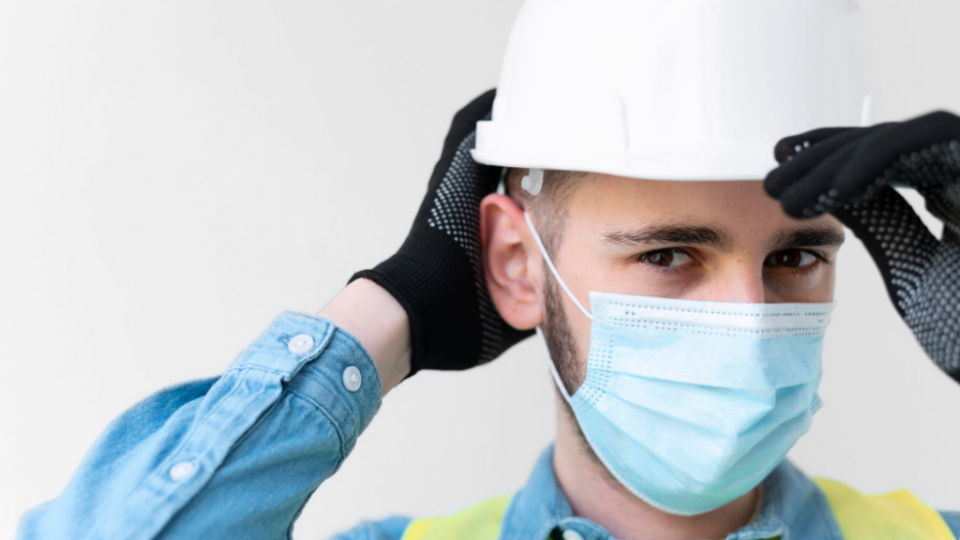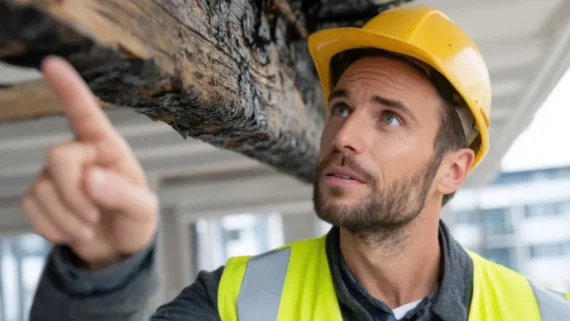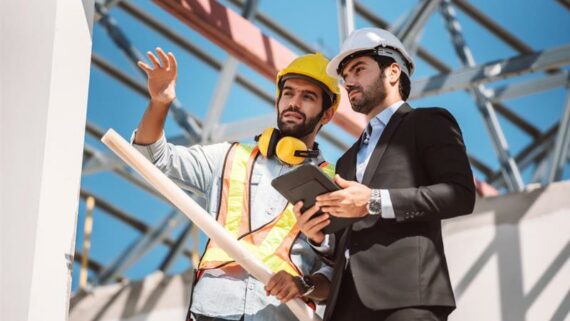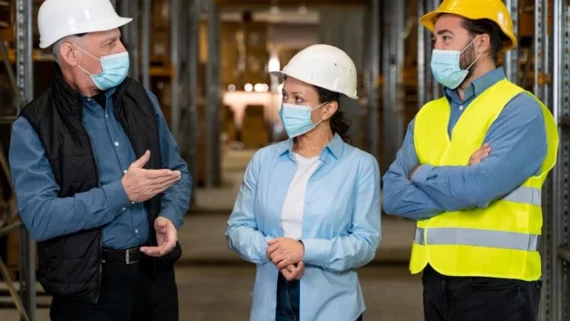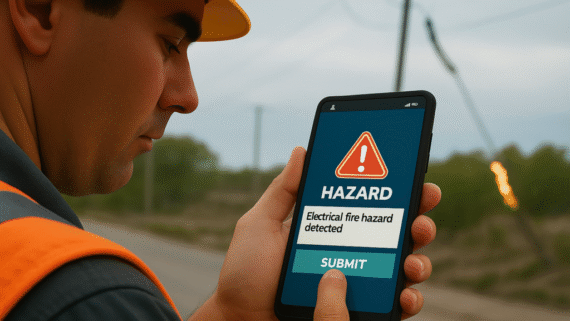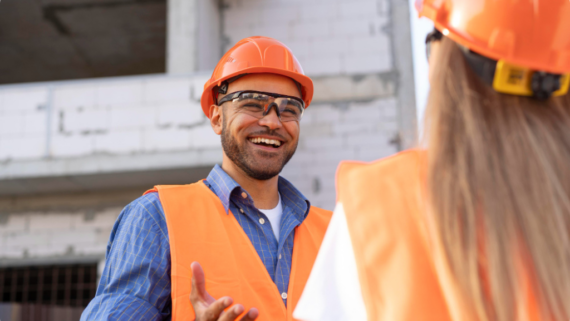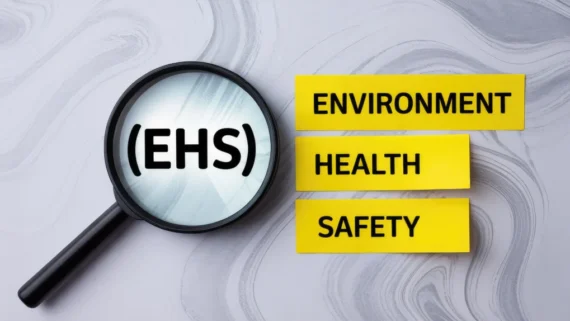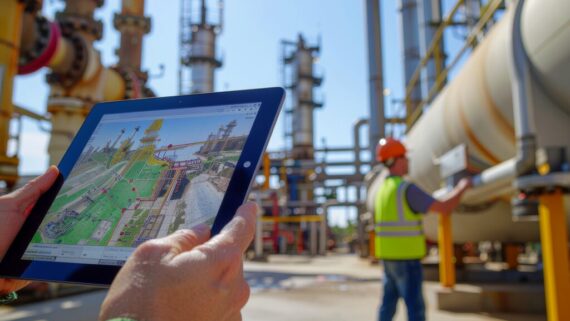Why Emotional Intelligence Might Be the Most Overlooked Safety Tool on Your Site
Safety isn’t just built with steel and signs. It’s built with trust. And trust doesn’t wear high-vis.
We’ve spent decades focusing on the physical side of safety—gear, rules, regulations. But just beneath the surface, there’s something just as critical: how people feel. Fear, frustration, uncertainty. These things don’t show up in audits—but they show up in injuries.
Start With Ears, Not Answers
When something’s off—a shortcut taken, a broken piece of kit—it’s not policy that triggers action. It’s whether someone feels safe enough to speak up.
“You’ll always fall short in achieving your safety goals if you don’t focus on equipping the individual… with skills and confidence. Courage lets individuals speak up.” — Dr. Johanna Pagonis
Emotionally smart teams know this. They normalise questions. They make feedback easy. They create a culture where speaking up doesn’t make you the problem—it makes you part of the solution.
Culture Isn’t Just a Buzzword—It’s a Barrier or a Bridge
You can print the rules in bold. You can recite them daily. But if your crew feels rushed, ignored, or disposable? They won’t raise a hand. They’ll head down, eyes forward, and hope for the best. That’s not safety. That’s survival mode.
Real culture catches the things your checklist can’t. It trains supervisors to read the room. It treats burnout, stress, and silence like the hazards they are. And it understands that the guy who never speaks might be sitting on a life-saving observation—if someone would just ask.
Feedback Isn’t Fluff—It’s Friction Protection
Some hazards don’t cut skin. They cut communication. And when feedback only happens after something goes wrong, you’re not proactive. You’re reactive.
Smart teams build feedback into the workflow—daily huddles, debriefs, and toolbox talks. They don’t wait for a crisis. They make every voice part of the prevention plan. Because the more people feel heard, the more they pay attention—and speak up when it counts.
Build for Humans First, Then Hazards
The job isn’t just about keeping bodies safe. It’s about creating a space where minds feel safe, too.
That means designing systems that support not just the tasks—but the people doing them. With structure. With empathy. With dignity.
The best PPE in the world can’t fix a team too afraid to talk. But a crew that’s got each other’s backs? That’s where real safety starts.
People Protecting Each other. That’s the kind of PPE we need more of.

